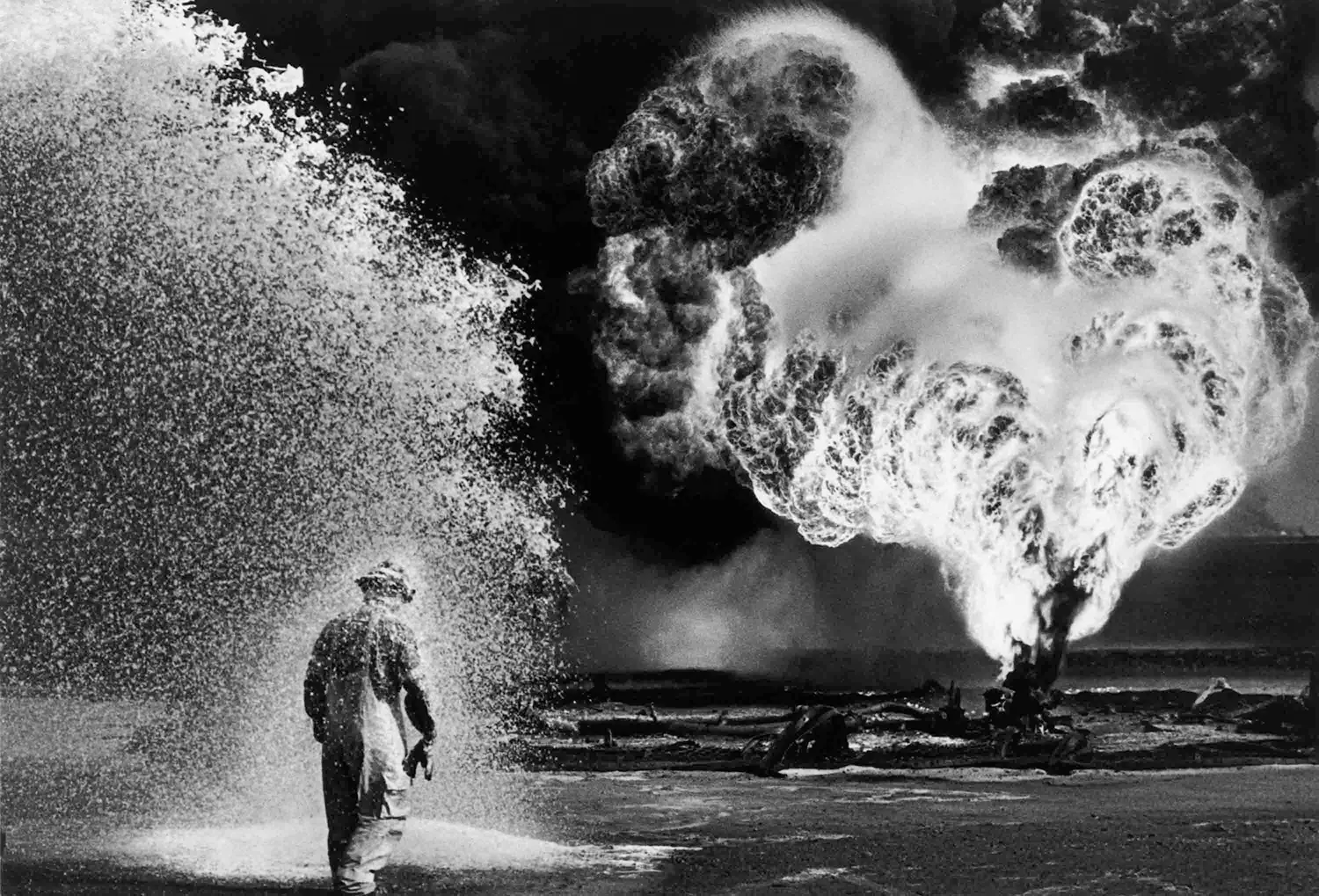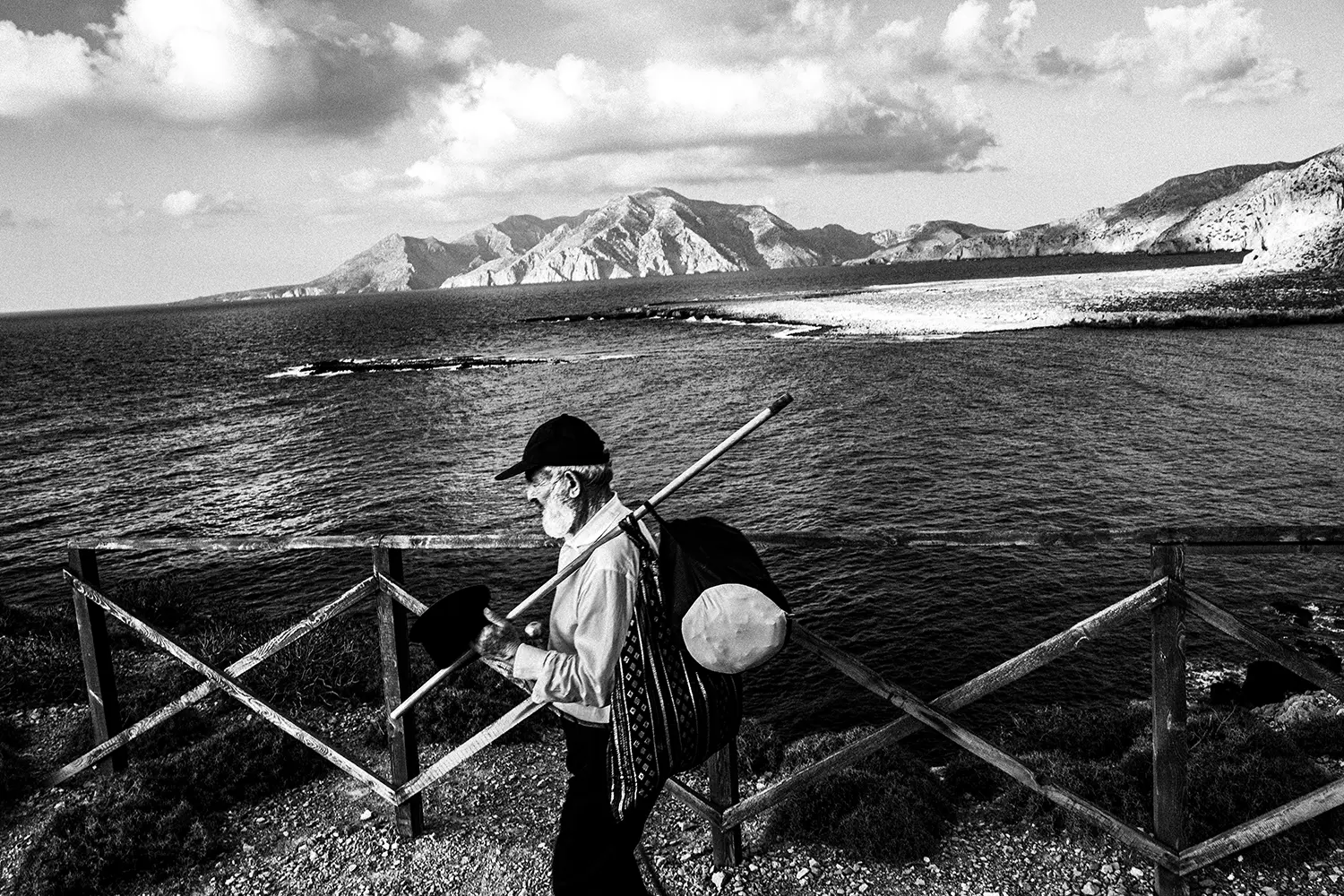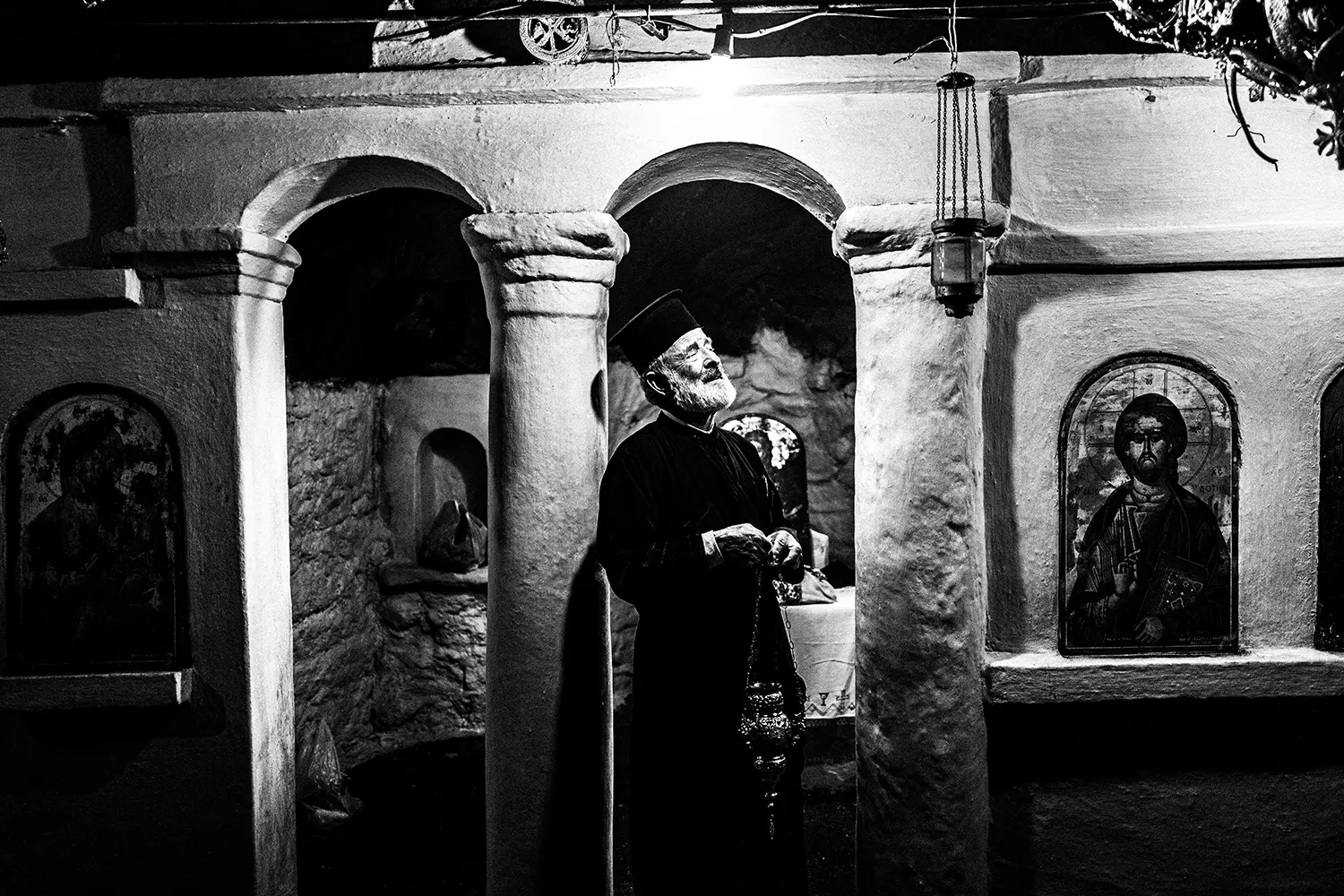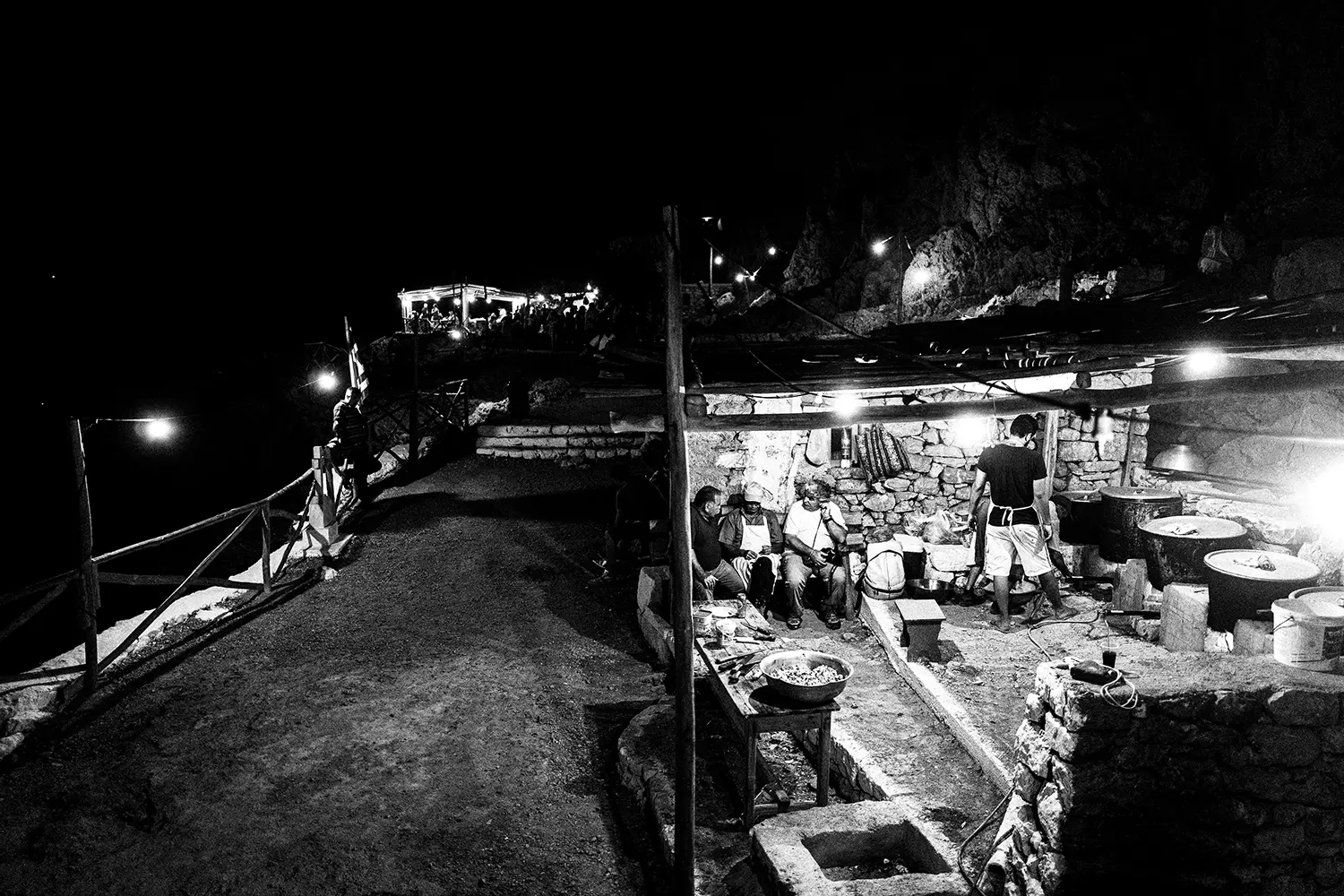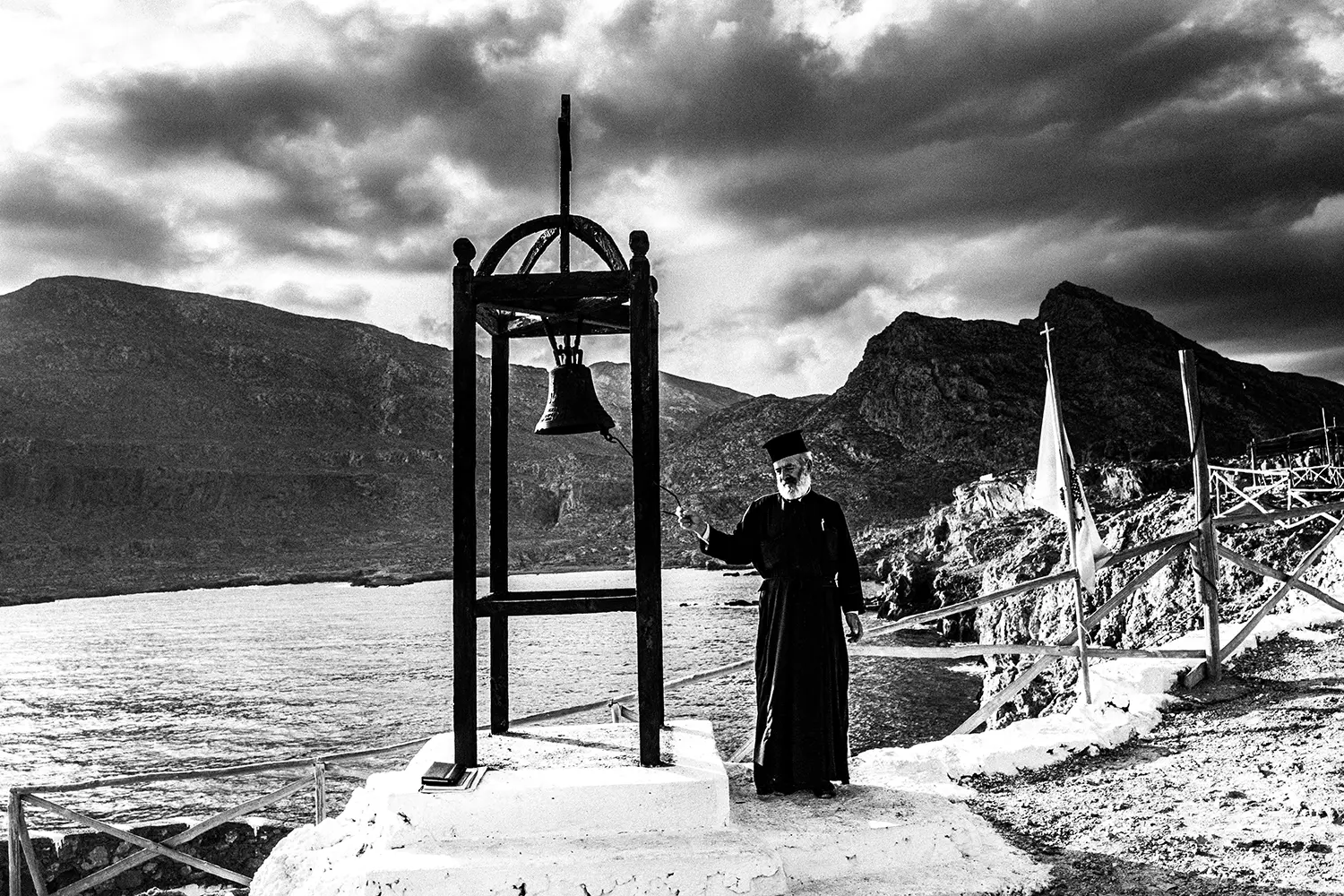Documentary photography is more than just snapping moments; it's about telling a story. This powerful form of visual storytelling can evoke emotions, inspire change, and provide a window into different worlds. In this article, we'll explore the art of storytelling through documentary photography, delving into its techniques, ethical considerations, and how you can create impactful narratives with your camera.
Understanding Documentary Photography
Definition and Purpose
Documentary photography is a genre that aims to chronicle events or environments that are both significant and relevant to history and everyday life. Unlike other forms of photography, its primary purpose is not just to create aesthetically pleasing images but also to convey a deeper understanding of a subject. The roots of documentary photography can be traced back to the late 19th and early 20th centuries when photographers began using their cameras to document social issues and injustices. This genre often involves long-term projects, allowing photographers to thoroughly study their subjects' lives and capture moments that truly matter.
The Power of Storytelling in Photography
Why Storytelling Matters
Storytelling is at the heart of documentary photography. It's what makes an image resonate with viewers, sparking empathy and understanding. A well-told visual story can bridge cultural divides, raise awareness about critical issues, and even drive social change. When done right, documentary photography isn't just about the pictures; it's about the narrative they create.

Examples of Powerful Documentary Stories
Consider the work of photographers like Dorothea Lange and her iconic "Migrant Mother" image. Lange's photographs of the Great Depression humanized the plight of many Americans and influenced public opinion. More recently, Sebastião Salgado's "Workers" series provides a raw, unflinching look at labourers worldwide, highlighting their strength and resilience. These examples show how documentary photography can create a lasting impact through compelling storytelling.
Techniques for Effective Documentary Photography
Research and Planning
Before picking up your camera, it's important to research your subject's background, history, and current context. This preparation informs your approach and deepens your connection to the story. However, avoid over-researching. Gather just enough information to be in the right place at the right time, without preconceived ideas of what to photograph. Approach your subject with fresh eyes and let your creativity lead. As you photograph, you'll naturally learn more, allowing both your artistic and academic understanding to grow together.
Capturing Authentic Moments
The best documentary photographers blend into the background, capturing moments as they naturally unfold. Building rapport with subjects is key—spend time with them without the camera, learn their routines, and earn their trust. This leads to authentic, unguarded moments that tell a true story. When I photographed cultural events in Greece, arriving a few days early helped me connect with the locals. Be as discreet and respectful as possible, remembering you're an outsider entering their circle of trust.
Composition and Lighting
While documentary photography focuses on content over form, composition and lighting still play critical roles. Use the compositional guidelines to create balanced, engaging images. Pay attention to natural light and how it interacts with your subjects. Avoid artificial lighting whenever possible to maintain the authenticity of your photos.
Ethical Considerations
Ethics in documentary photography cannot be overstated. Your subjects are real people with real lives, and their dignity must be respected. Always seek permission, be transparent about your intentions, and avoid exploiting vulnerable subjects for sensational images. Maintaining integrity and respect is paramount. Sometimes you might be in front of a very interesting scene. As moments go away and never come back, this would be your only chance to capture that one. In this case, I would usually take the photograph and get permission later.
Post-Processing and Curation
Editing for Impact
Editing should enhance your story, not overshadow it. Basic adjustments like exposure, contrast, and colour correction are usually sufficient. Avoid heavy retouching or manipulations that alter the truth of the image. The goal is to make your photos as impactful and true to life as possible. As an example, in my images, I only change contrast and exposure. I also never crop my images.

Selecting and Sequencing Photos
Choosing the right photos and arranging them in a meaningful sequence is an art in itself. Select images that complement each other and build a cohesive narrative. Think about the flow of your story—how one image leads to the next and how they collectively convey the message you intend.
Showcasing Your Documentary Work
Creating a Photo Essay
A photo essay is an excellent way to present your documentary work. Start with a strong opening image that grabs attention. Follow it with a series of photos that provide context, develop the story, and culminate in a powerful conclusion. Each image should add a layer to your narrative, making the whole greater than the sum of its parts.
Sharing on Social Media and Online Platforms
In today's digital age, sharing your work online is crucial. Use social media platforms to reach more people. However, be strategic—tailor your content to each platform's strengths. Instagram is great for visual impact, while blogs and websites allow for deeper dives into your stories. Engage with your audience, and respond to comments to increase visibility.
Inspiring Contemporary Documentary Photographers
Profiles of Influential Photographers
Take inspiration from master documentary photographers like Josef Koudelka, Costa Manos, Henri Cartier-Bresson and Robert Frank to name a few, whose intimate portraits and stories of everyday people have captivated millions. Analyzing their techniques and approaches can provide valuable insights for your work.

Emerging Trends in Documentary Photography
Documentary photography is constantly evolving. Today, there is a growing focus on multimedia projects that combine photos, videos, and audio to create immersive storytelling experiences. Photographers are also exploring new platforms, like virtual reality, to engage audiences in innovative ways. Staying abreast of these trends can keep your work relevant and impactful.
Building Your Documentary Photography Project
Identifying a Compelling Story
A compelling story is the foundation of any successful documentary project. Choose subjects that resonate with you, as passion and genuine interest will propel your work. Focus on stories that are underrepresented or misunderstood, as unique and impactful narratives are more likely to inspire others. However, since most topics have been covered, concentrate on being honest and communicating your vision through photography. Your unique perspective is what sets your work apart—it's your individual view of the world that makes your project distinctive.
Planning Your Project Timeline
A well-thought-out timeline is crucial for managing a documentary project. Break your project into phases: research, fieldwork, editing, and final presentation. Set realistic goals and deadlines for each phase, but be flexible. Documentary photography often requires adapting to unexpected challenges and opportunities.
Fieldwork and Adaptability
Once in the field, be prepared for the unexpected. Conditions can change rapidly, and you must be able to adapt. Flexibility and perseverance are key traits for documentary photographers. Sometimes, the best shots come from moments you couldn't plan for. Stay open and responsive to your environment. Pay attention to gear other than your camera. A documentary photographer in my opinion must invest in the best shoes possible, that provide comfort and durability in their adventures.
Funding and Support for Documentary Photography
Finding Grants and Sponsorships
Securing funding can be one of the biggest challenges. Look for grants and sponsorships from organizations that support documentary photography. The Magnum Foundation, Getty Images, and the Alexia Foundation are just a few examples. Crafting a compelling proposal that clearly outlines your project's goals, significance, and potential impact is crucial.
Crowdfunding Your Project
Crowdfunding can also be an effective way to raise funds. Platforms like Kickstarter and Indiegogo allow you to present your project to a global audience. Be sure to create a persuasive campaign with a strong narrative and engaging visuals. Offer incentives to backers, such as prints, books, or exclusive updates.
Learning and Improving Your Craft
Workshops and Courses
Continuous learning is vital. Participate in workshops and courses to hone your skills and stay updated on industry trends. Organizations like the International Center of Photography and online platforms like CreativeLive offer excellent resources for photographers at all levels. Or you can book a session with me to review your portfolio and provide you with feedback and guidance for your next steps.
Analyzing Feedback and Critique
Seeking feedback from peers and mentors can significantly improve your work. Constructive criticism helps you see your photos from different perspectives and identify areas for improvement. Regularly review your work, embrace critique, and strive to grow from it.
Conclusion
Documentary photography is a powerful medium for storytelling. By combining technical skills with a deep understanding of your subject, you can create images that resonate and inspire. Embrace the challenges, respect your subjects, and continuously strive to improve your craft. The stories you tell through your lens can make a difference, shedding light on unseen aspects of our world and connecting us all through shared humanity.
Get your copy of my book “Throw Away Your Camera and Become a Photographer” on Amazon and learn everything I would want to have learnt when I was starting.
Love xx




